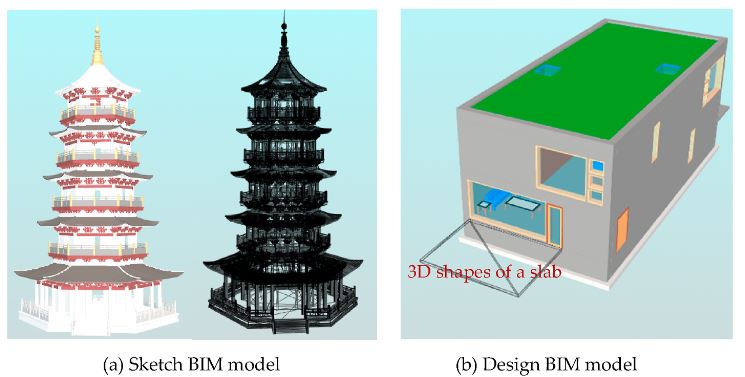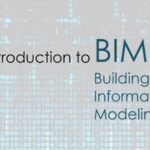
From sketch BIM to design BIM
15 January 2021From sketch BIM to design BIM
As a promising technology for building lifecycle management, Building Information Modelling (BIM) has been extensively studied in the last decade.
A BIM is a shared knowledge resource for information about a facility forming a reliable basis for decisions during its life-cycle; defined as existing from earliest conception to demolition. BIM enables collaboration among varieties of stakeholders through data interoperability among different BIM applications.
Currently, BIM applications
involve every stage of a construction project, including conception, design, construction, and operation management.
BIM has been extensively applied in the design in construction sector. The design phase usually has two sub-stages: sketch design (short for sketch) and detailed design (short for design). Both sketch and design stages generate three-dimensional (3D) BIM models.
Due to different purposes, the sketch and design stages use different BIM tools. The most widely-used sketch BIM tools include SketchUp, Rhino, and Form-Z. The design BIM models are usually designed using software tools like Revit, ArchiCAD, Bentley Architecture, to name a few.
The different purposes and different tools result in the different organizations of sketch BIM models and design BIM models. Sketch BIM models can be considered as a project-level organization of BIM data, because all the data are aggregated into one or a few human/computer-unknown building elements.
Additionally, sketch BIM models usually have little property data. That is, a sketch BIM model usually focuses on 3D design from an overall view and ignores the definition of elements and their semantic data.
Contrarily, design BIM models are organized in the element-level, where each element has well-defined semantic and geometric data. Subsequently, a BIM application can obtain both semantic and geometric
data of a building element directly from a design BIM model.
As a downstream stage of the sketch, the design stage expects to reuse the data in sketch BIM models to improve the design efficiency. However, the different data organizations hinder the reusability of sketch BIM models in the design stage.
Because the design BIM tools can not directly obtain data of building elements from sketch BIM models. This triggers new demands to abstract reusable building elements from sketch BIM models to facilitate the BIM design.
Industrial Foundation Classes (IFC) is an open, vendor-neutral, international standard (ISO 16739–1:2018) of BIM. The mainstream BIM tools in both sketch and design stages support the IFC specification. Without loss of generality, a BIM model means an IFC file in this study. Although some studies investigated the geometric description of an IFC file and its applications, the recognition of reusable building elements from sketch BIM models remains unexplored.
The exploration of building element identification from a sketch BIM model will bridge the gap between sketch BIM models and design BIM models, smooth the reusability of data from the sketch stage to design stage and improve the design efficiency by avoiding the redesigning of building elements.








